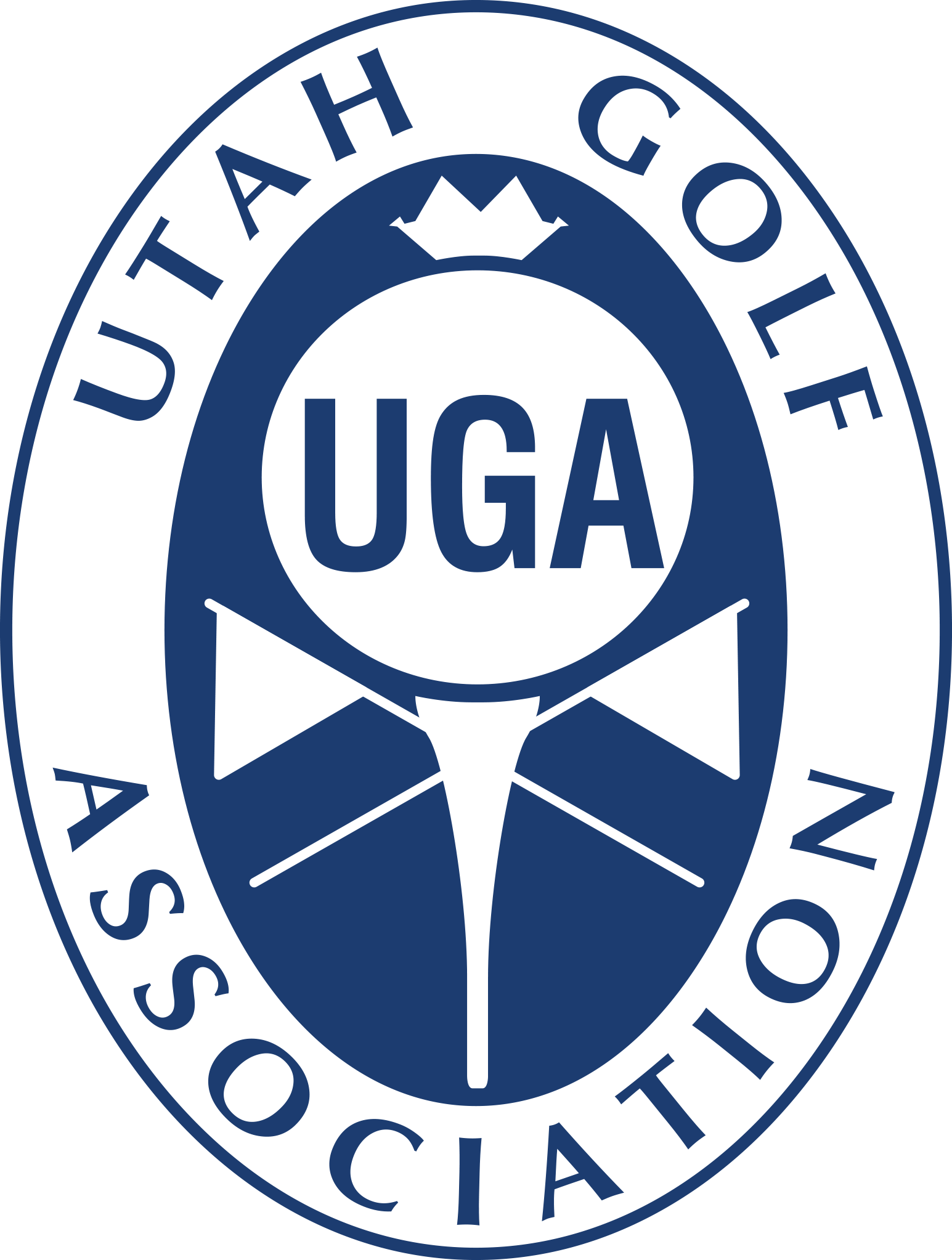The good news is that golf is back in all 50 states. The bad news is that many courses are operating with a reduced maintenance staff due to the COVID-19 pandemic. While maintaining a golf course with fewer employees and resources is a short-term adjustment to the current situation, it may also represent a new business model at some facilities.
One of the challenges of operating with fewer staff members is the potentially negative impact on course conditions and playing quality. These are the most important factors in golfer satisfaction and can determine whether players walk off the course happy and eager to return or leave disappointed and thinking twice about coming back to play.
One solution to this dilemma is making sure resources are being applied to the areas that come into play most and have the greatest impact on golfer satisfaction. Definitive knowledge of golfer traffic can help facility managers to answer questions such as:
How far right are golfers hitting it in the rough on the 6th hole so we can introduce a low-maintenance rough area to save costs without slowing pace of play?
How far can we move up the start of the fairway on the 12th hole without creating a carry that is too long from the forward tee?
Of the three fairway bunkers guarding the dogleg of the 11th hole, which one are golfers hitting into the most?
All told, looking at where golfers are going and – more importantly – where they are not going on the entire course can help identify opportunities to shift resources from low-priority areas to parts of the course that regularly come into play. In addition to providing benefits for superintendents, information about golfer traffic also can help facility managers to better understand their customers and their on-course behavior, such as which tees they are playing from.
Rock Lucas, the owner of Charwood Golf Club in West Columbia, South Carolina, only has a maintenance crew of three – including himself – and has found data on golfer traffic to be a valuable tool for applying his resources more efficiently without adversely impacting his golfers.
“We learned so much from golfer GPS tracks,” said Lucas, who has made many maintenance changes, including turf reduction, based on the data. “There’s a big difference between guessing where your golfers are going and knowing for sure. And we’ve received nothing but positive feedback from our players.”
The USGA GPS Service allows courses to rent small GPS loggers that golfers can put in their pockets or clip to their clothing during their rounds. Facility managers can then view where golfers traveled on a customizable heat map of their course.
To learn more about how GPS data on golfer traffic can help a course better utilize its resources, email us at [email protected].
